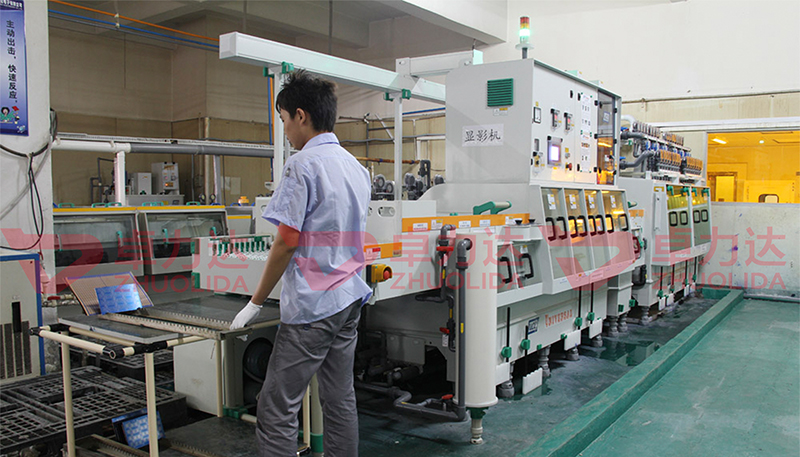
Etching stainless steel welds is a metallurgical process used to reveal the microstructure, assess weld quality, or inspect for defects. This is commonly done in weld inspections, failure analysis, and research. Below is a detailed guide to etch stainless steel welds effectively:
Proper preparation ensures a clean and polished surface for effective etching.
Cut a Sample (if needed):
If inspecting a weld cross-section, cut a small piece using a precision saw or cutting tool.
Avoid overheating the sample to prevent altering the microstructure.
Clean the Weld Surface:
Remove surface contaminants like oils, dirt, and oxide layers.
Use isopropyl alcohol, acetone, or a mild detergent and a cloth.
Polish the Weld Area:
Begin with coarse grit sandpaper (e.g., 240 grit) to remove major imperfections.
Progressively move to finer grits (e.g., 400, 600, 1200 grit).
Polish with diamond paste (6 µm → 3 µm → 1 µm) or alumina slurry to achieve a mirror-like finish.
The choice of etchant depends on the stainless steel grade and what you want to reveal (e.g., grain boundaries, heat-affected zones, or phase structures).
| Etchant | Composition | Application |
|---|---|---|
| Oxalic Acid (Electrolytic) | 10% oxalic acid solution | Reveals grain boundaries and heat-affected zones. Common for duplex stainless steel. |
| Kalling’s No. 2 | 5 g CuCl₂, 100 mL HCl, 100 mL ethanol | Reveals weld structures in austenitic stainless steel. |
| Glyceregia | 1 part glycerol, 1 part HNO₃, 1 part HCl | Useful for general weld examination. |
| Aqua Regia | 1 part HNO₃, 3 parts HCl | Highlights weld defects and grain boundaries. |
Safety Note: Handle etchants with care in a fume hood while wearing gloves, goggles, and a respirator.
You can apply the etchant using a swab, submersion, or electrolytic method.
Chemical Etching:
Apply the etchant to the polished weld surface using a cotton swab or by immersion.
Monitor closely, as etching typically takes 10–60 seconds.
Rinse with water immediately after etching to stop the reaction.
Neutralize with a baking soda solution if the etchant is acidic.
Dry and inspect.
Electrolytic Etching (Preferred for precision and safety):
Connect the weld sample as the anode (positive terminal) in an electrolytic cell.
Use a 10% oxalic acid solution as the electrolyte.
Set the power supply to 6–12 volts.
Etch for 10–30 seconds while monitoring the reaction.
Rinse, neutralize, and dry the sample.
Inspect the etched weld under a metallurgical microscope or magnifier.
Look for key features:
Grain Structures: Coarse or fine grains, and transitions in the heat-affected zone (HAZ).
Phase Balance: Ferrite vs. austenite in duplex stainless steel.
Weld Defects: Cracks, porosity, or inclusions.
Weld Quality Assurance: Verify correct fusion and phase distribution.
Failure Analysis: Identify cracking, inclusions, or improper heat treatment.
Research and Development: Study the effects of welding parameters.
Uneven Etching:
Ensure consistent polishing and cleaning.
Apply the etchant uniformly.
Over-Etching:
Reduce etching time.
Use a diluted etchant or perform a test on scrap material first.
Poor Microstructure Visibility:
Polish more thoroughly.
Use an etchant specific to your stainless steel grade.
Contact: andy_Lai
Phone: 18938693450
E-mail: yw9@zldsmt.com
Add: Building A3, Huafa Industrial Park, Fuyong Town, Fuyuan Road, Fuyong Town, Baoan District, Shenzhen,China